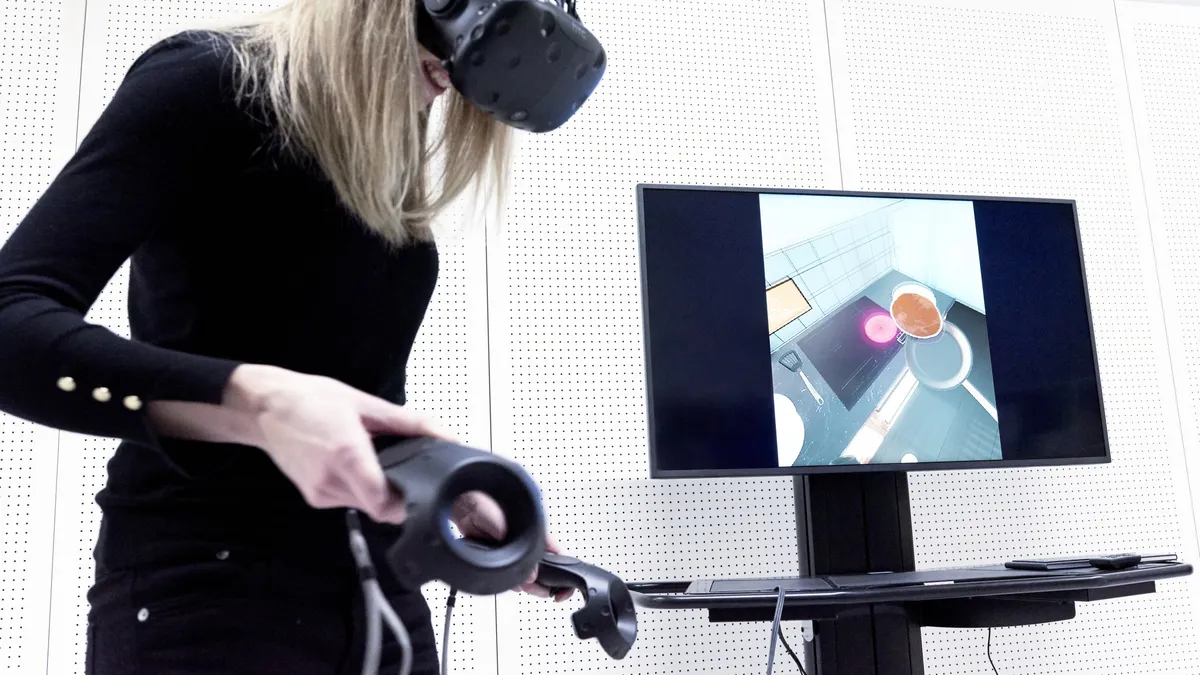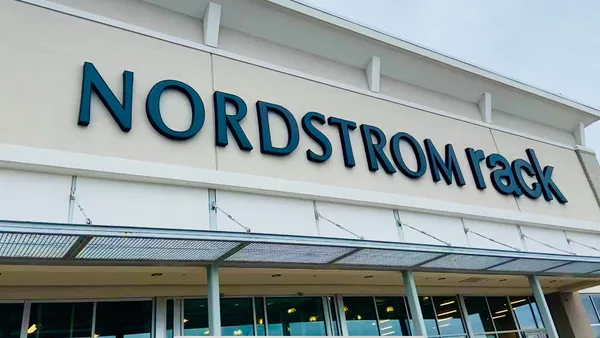Dive Brief:
-
Between 70% and 80% of 1,000 early technology-adopting consumers surveyed by L.E.K. Consulting said they are eager to use virtual reality and augmented reality technology to design rooms, try on apparel and take virtual shopping trips as part of the shopping process.
-
Specifically, 80% of those surveyed said they want to use AR or VR to design a room or physical space by browsing virtual or physical showrooms, getting information about furniture and décor, and “seeing” what an item looks like in a room by using technology to place it into view.
-
About 70% of those surveyed said they want to use v-commerce tools to try on clothes and accessories and to customize them. Another 70% said they are strongly interested in virtual shopping, where consumers use VR headsets to shop in a virtual store with a friend who isn’t physically present, or with an AI “virtual shopper” similar to Alexa or Siri.
Dive Insight:
Evidence of strong interest in use of virtual reality for room design and furniture shopping reinforces some of the earliest retail uses of the technology we have seen in retail so far.
In particular, Lowe's and Wayfair.com have been experimenting with AR and VR technology in recent years. In the last year, Lowe's has started to expand applications for its Holoroom technology, and just last month, the retailer appeared to up its commitment to AR and VR with the announcement that it had developed a new 3D scanning technology to help it develop extremely realistic components for VR and AR applications. AR and VR applications may only just now be entering the physical store environment, but any commitment to continue refining the technologies bodes as well for the future as this survey does.
Meanwhile, VR and AR also are being used in the context of mobile apps to drive sales. Sephora's Virtual Artist try-on features, for example, allows customers to try on beauty products virtually. In the apparel sector, Gap's virtual DressingRoom app allows shoppers to view items on virtual avatars.
Investing in these technologies does not come without risks, as L.E.K. Consulting also pointed out in its analysis. The initial investment can be expensive, and consumers have proven historically fickle about embracing VR for their own entertainment purposes. Yet, for retailers and brands, the potential marketing value of using VR and the ability of the technology to bridge the gap between in-store and online shopping capabilities may outweigh the risks.
Beyond the retailers mentioned above, not many more seem ready to commit. But, L.E.K. is advising retailers that have been on the fence about use of AR and VR that it is time to get off the fence, and at least approach the evolution methodically by starting to integrate these technologies into their digital strategies. Some consumers, at least, are ready for the era of v-commerce.












